All too often, I have witnessed new website owners asking “what these links are for” and more importantly, “how can their website get these”.
So, I’m here to offer you advice as to what I have learned that we as website owners, need to do in order for our websites to qualify for such an incredible display as these Google sitelinks offer … talk about having site authority or what!
First issue I encountered is that there is no set-in-stone way to gain Google sitelinks that Google has disclosed … to anyone.
Obviously, this is to discourage anyone trying to manipulate their site rankings in order to gain them. Else, these links would not be desired any more, right?
However, Google DID state that these links are automated, and that if the structure of a website allows their algorithms to find sitelinks … and, if they deem sitelinks valuable to THEIR users then they will show them.
Google has also promised to keep us posted by possibly adding webmaster input later on.
One online author claimed that he noticed 5 factors that he found common among sites that he had worked on that were being displayed like this in search results. Those factors are as follows.
The sites:
- all ranked on the first page for the keywords that generated the sitelink listings.
- all were easy for Google spiders to navigate.
- all had gained high natural search traffic (in other words they were aged).
- most popular pages got listed as sitelinks.
- contained unique titles and proper META descriptions on all internal pages.
This same author also explained that these factors may NOT have had any bearing on Google’s offering sitelinks … but … the author added that these points are desirable for proper online marketing procedures anyway.
So obviously, applying the points stated above will only make your website even more effective anyway.
Other issues that may DISCOURAGE your gaining sitelinks were suggested to be as follows:
- Most links are being directed to the loading page, rather than diversified links.
- All web pages contain the very same title and META description.
- Very little content on pages or content is NOT unique.
Following Google’s Webmaster Guidelines, it is clearly stated that the basic principles are to:
- make pages for users NOT search engines,
- do NOT deceive your users, and to
- avoid manipulating of your website strictly to gain ranking.
There is an even longer list of what NOT to do, so DO be sure you familiarize yourself with Google’s guidelines too: https://support.google.com/webmasters/answer/35769.
Polishing your website for proper (SEM) Search Engine Marketing and user experience can definitely work in your website’s favour when it comes to ranking.
Will it help your site to gain sitelinks? Only time will tell.
Things like:
- Keeping your website up to date with the proper acceptable web design standards. Examples are HTML5 and CSS3.
- Keeping your website up to date with your chosen CMS (content management system) and plugins. Example is WordPress. Neglected sites would most likely have older versions of WordPress making them vulnerable to hackers and an easy target.
- Optimizing your site’s database tables, removing old revisions of posts and pages. Example: you can easily optimize your WordPress tables using free tools like WP Optimize, but please, do backup your website BEFORE using any such tools.
- Making your site’s web pages load faster by reducing the size of files sent from your web server.
- Optimizing all your images … again, so your pages load faster.
- Select a responsive design for your website at the very least. In this way your site will be device-friendly.
- Make your site easy to navigate. Do NOT overwhelm your visitors with options in your menu or navigation bar.
- Selecting a unique name for your website so to reduce click through or bouncing rates, as this will not only have a detrimental effect on your chances for gaining sitelinks but also your site’s overall ranking.
- Make sure all your pages and posts have informative titles and META descriptions.
- Offering safe viewing for your mobile device users, add a security certificate to your website.
- Provide unique, quality content for your users. NEVER use duplicate content.
- Make sure your site’s backlinks are from sites of exceptional quality, and that they are diversified and not all pointing to only the home page.
- Use site caching … or a web hosting company that offers SiteSpeed. This will help your website load faster, improving user experience while lessening potential bounce rate.
- Make sure to use your site’s ALT tags properly. They are used for screen readers for the visually impaired and NOT for keyword stuffing!
My summary on this issue is this:
If you offer a website that is intended for your visitors, and your website becomes naturally popular due to the quality of content (no low quality backlinks!) and the nature (topic or niche) of your content … and … that you structure your website correctly, you will soon see your website gain those authority-looking sitelinks from Google.
As of 24 November 2017 (image shown below), I have now added META descriptions for EACH page for my hobby site, simply because most of this website is using pages rather than posts.
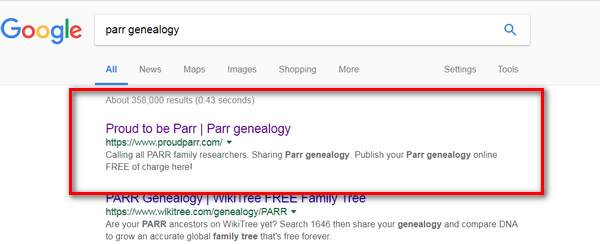
Will keep a close watch to see if this website actually gains those awesome sitelinks … or not!
I truly hope this works, however … only time will tell.
UPDATE: 09 Sep 2018
Well, I promised I would show you my results… and here’s the screen print I just now snagged to share with you here:
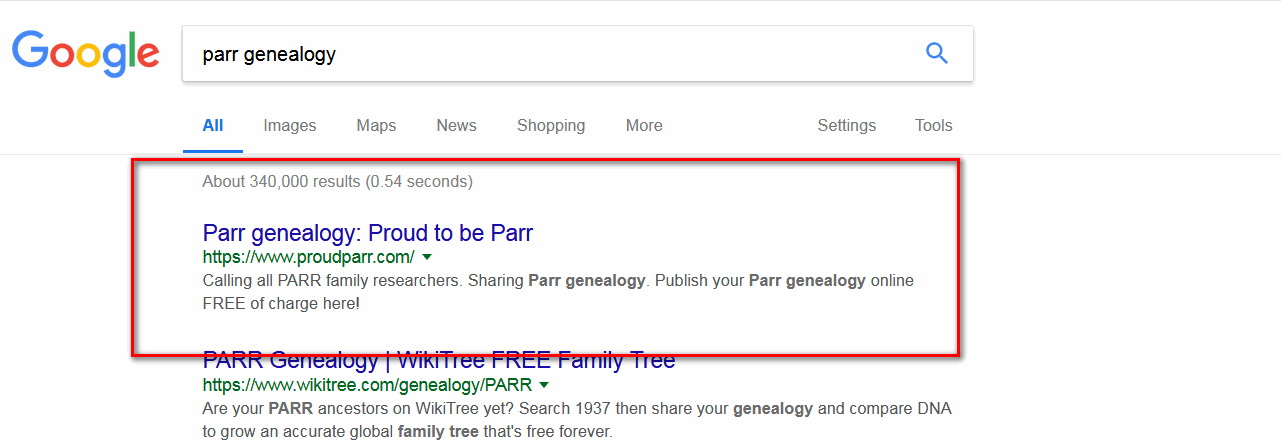
My conclusion is this… this experiment is a FAILURE!
Here’s why… in Google’s own words:
We only show sitelinks for results when we think they’ll be useful to the user. If the structure of your site doesn’t allow our algorithms to find good sitelinks, or we don’t think that the sitelinks for your site are relevant for the user’s query, we won’t show them.
Upon further investigation, it COULD be that Google is not happy with the structure of the Proud to be Parr website, but I could find no definitive reason for this experiement failing.
At least this site now ranks higher than the wiki sites who have been known to scrape the web pages of the Proud to be Parr website, and then share the information on their sites, though their own.
UPDATE: 24 Nov 2019
FINALLY!
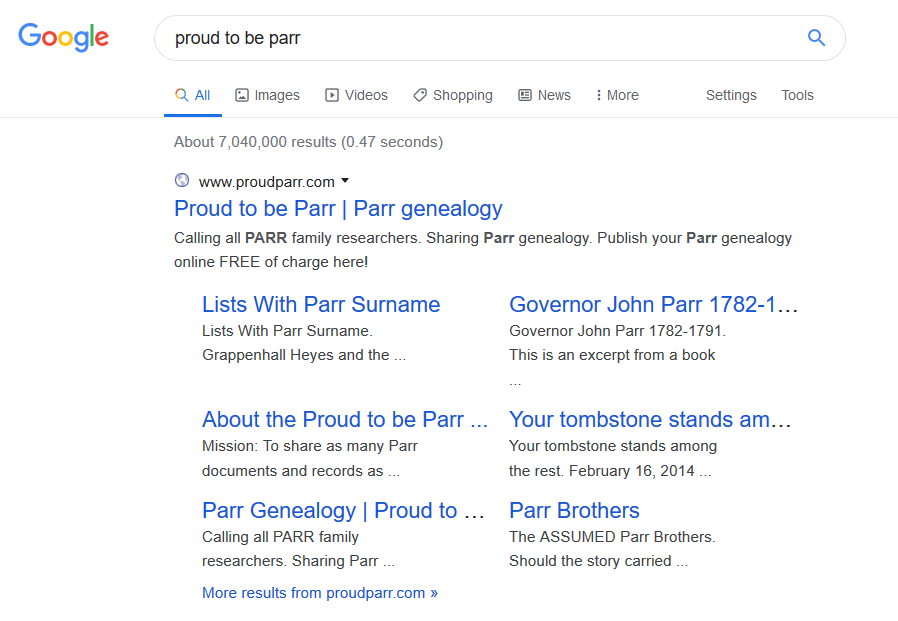
Now I am wondering, had I searched “proud to be parr” back on 9 September 2018, would these sitelinks been shown then?
Well, I’ll never know the answer to that but at least NOW I know that sitelinks work the way research stated they would… YEAAAH!
Comments would be greatly appreciated. If you found this helpful, please do share this post with your friends.
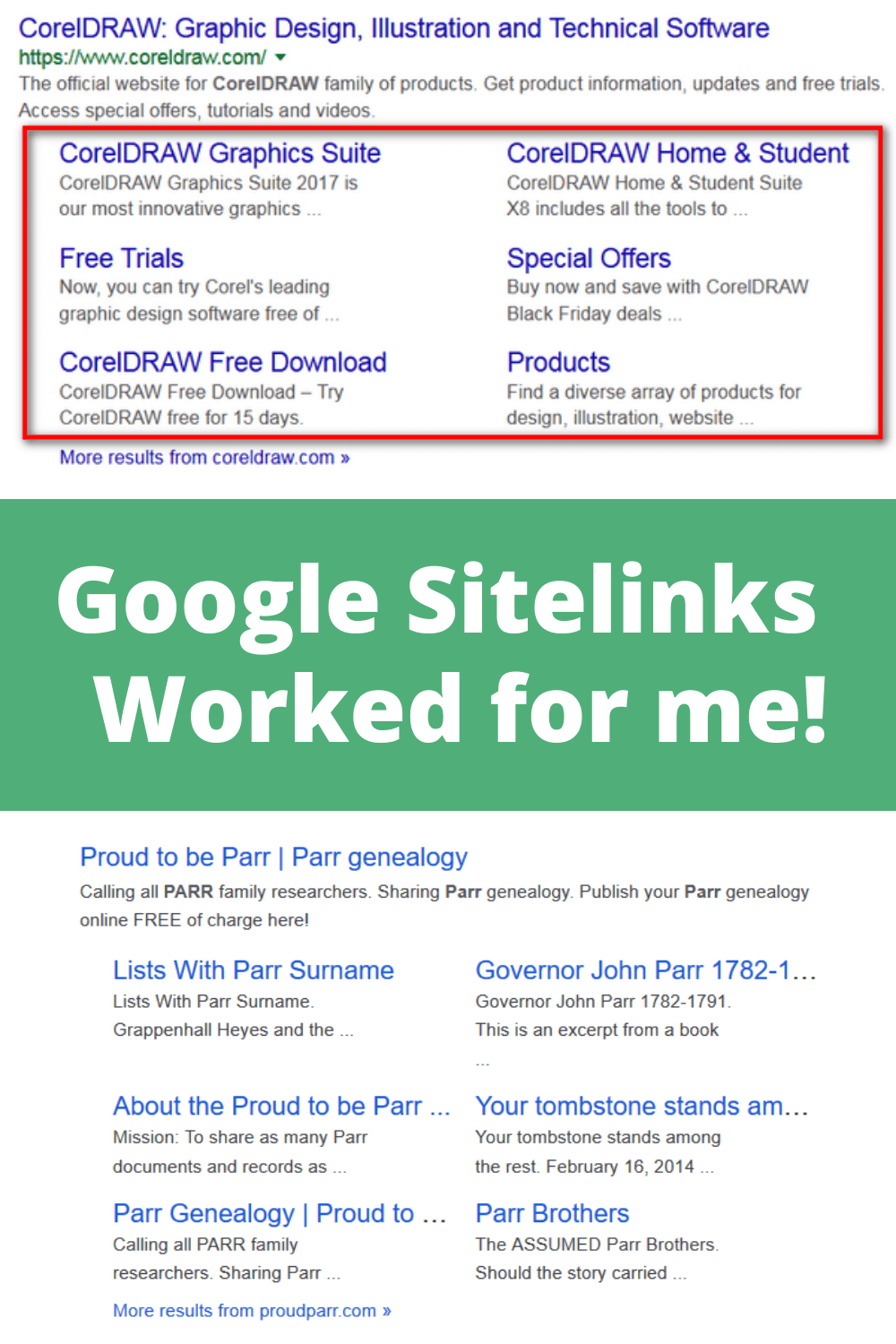

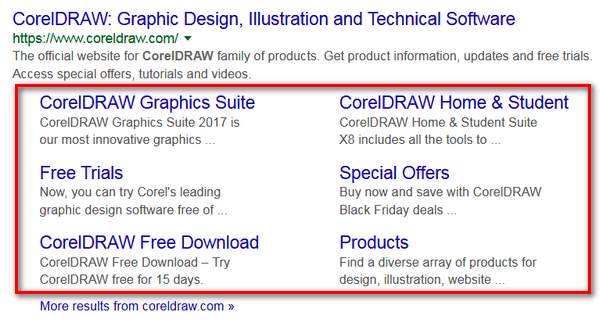
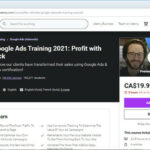



Really, nice your experiment and explanation, I was searching for how to create this view for my site when I searched my domain on Google. This is a great example and explanation for my question. Anyway, I like your better support tutorial and research. Thanks for sharing with us. Good Luck.
Hey Samantha, you are most welcome and Thank YOU, for letting me know that this post helped you.
This helps me know what people are searching for, therefore what type of information to continue offering here.